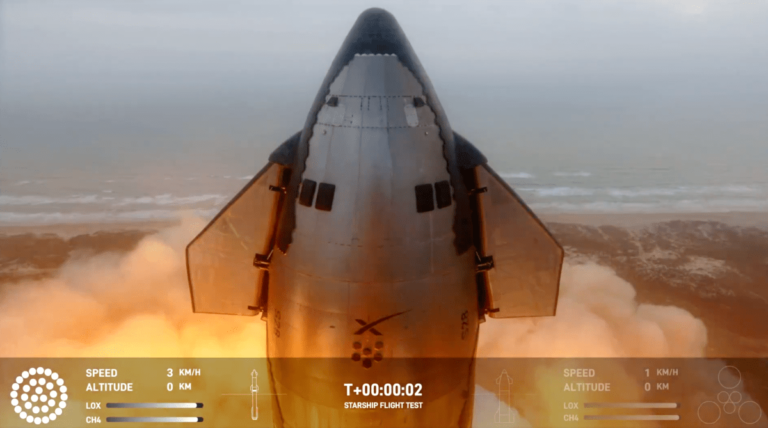
SpaceX is continuing to make progress on the development of Starship, the largest rocket ever built, with the third test flight Thursday accomplishing considerably more than the previous two tests.
The 400-foot-tall Starship rocket lifted off from SpaceX’s Starbase facility in southeastern Texas at 8:25 a.m. local time.
Although SpaceX has been developing Starship for years, this is only the third time the company has attempted an orbital mission.
The hot-staging technique was performed for the first time, ever, during the second Starship test flight last November.
SpaceX CEO Elon Musk congratulated the team on X, saying, “Starship reached orbital velocity!”Starship reached orbital velocity!
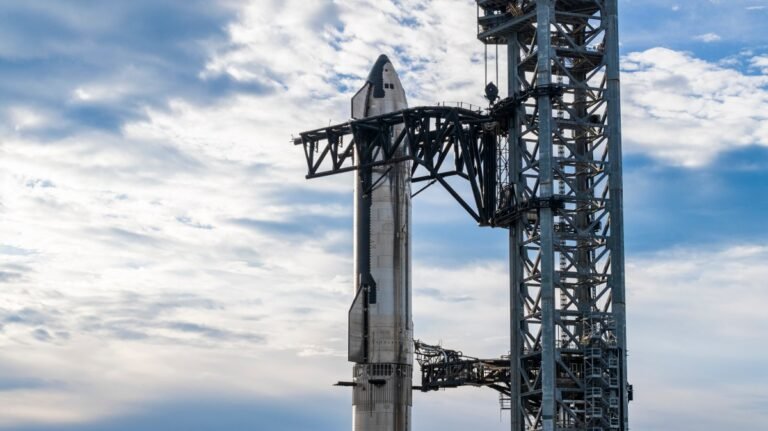
SpaceX will attempt to send the massive Starship rocket to orbit for the third time early Thursday morning after U.S. regulators gave the green light for launch.
The first took place last April, and ended with both the upper stage (which is also called Starship) and the Super Heavy booster exploding mid-air.
Anytime an anomaly occurs during a rocket launch, the Federal Aviation Administration steps in to oversee a company-run investigation.
The investigation into the second Starship launch closed last month, so the only thing left was for the regulator to issue a launch license for the test flight.
Due to the in-space engine burn, the company is also targeting a new flight trajectory, with the upper stage splashing down in the Indian Ocean.

The Federal Aviation Administration has concluded its review of SpaceX’s investigation of the second Starship launch in November, with the regulator saying Monday that it accepted the “root causes and 17 corrective actions” identified by the company.
While this means the investigation is now closed, SpaceX must implement all the corrective actions and apply for a modified launch license before it can fly Starship again.
When any rocket launch encounters catastrophic issues during flight, the FAA opens what’s known as a “mishap investigation” — that’s what’s happened here.
After the first test, the FAA directed SpaceX to complete 63 corrective actions.
“More Starships are ready to fly, putting flight hardware in a flight environment to learn as quickly as possible.
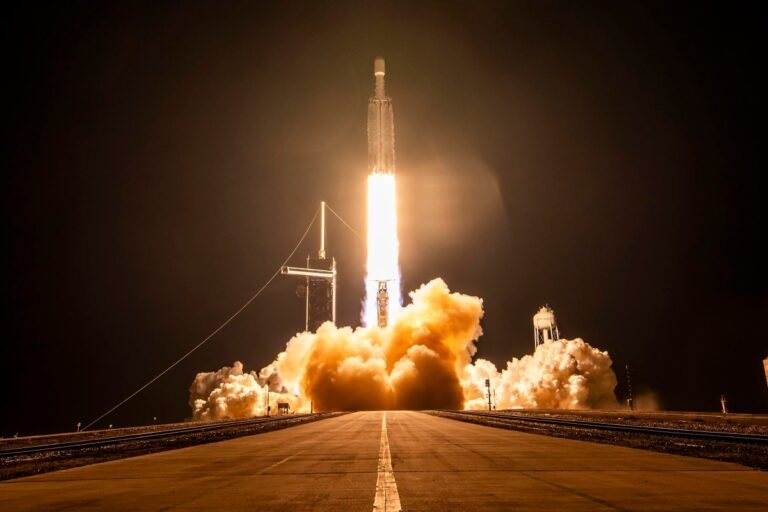
The Falcon Heavy lifted off on the clandestine mission at 8:07 PM Eastern from NASA’s Kennedy Space Center.
The U.S. Space Force’s X-37B space plane, a reusable vehicle that acts as a classified testbed for experiments in space, was the sole payload on the massive rocket.
Even the windows of the small space plane are blacked out.
One of the big mysteries of this particular mission is the Space Force’s choice to book a triple-boosted Falcon Heavy.
This is the fifth time SpaceX has launched a Falcon Heavy rocket this year, and the ninth overall since 2018.
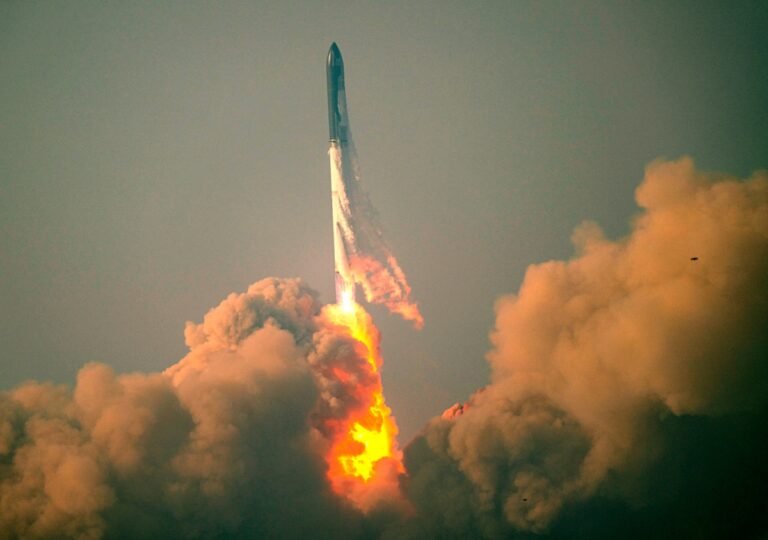
Thursday’s Starship launch vehicle installation yielded an impressive assembly of nine Merlin 1D engines. The installation process was successful and caused only slight vibrations throughout the vehicle, reassuring technicians that…

Hype over the first orbital flight test of Starship, SpaceX’s ultra-heavy launch system reached a crescendo this week as the U.S. Federal Aviation Administration (FAA) released an air traffic advisory…
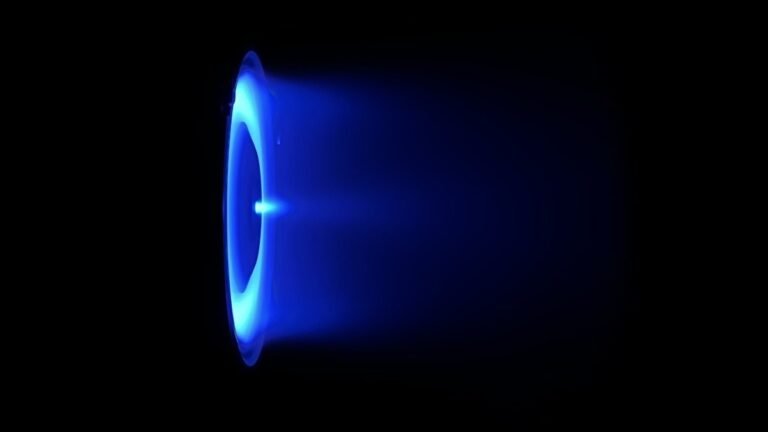
” argon Hall thrusters are an innovative piece of technology that will help power the Starlink V2 mini satellites, one of SpaceX’s many innovations acquired from Swarm Technologies in 2021.”…










